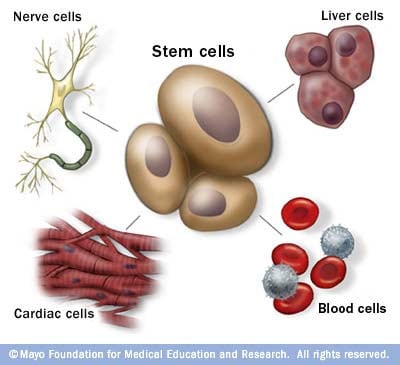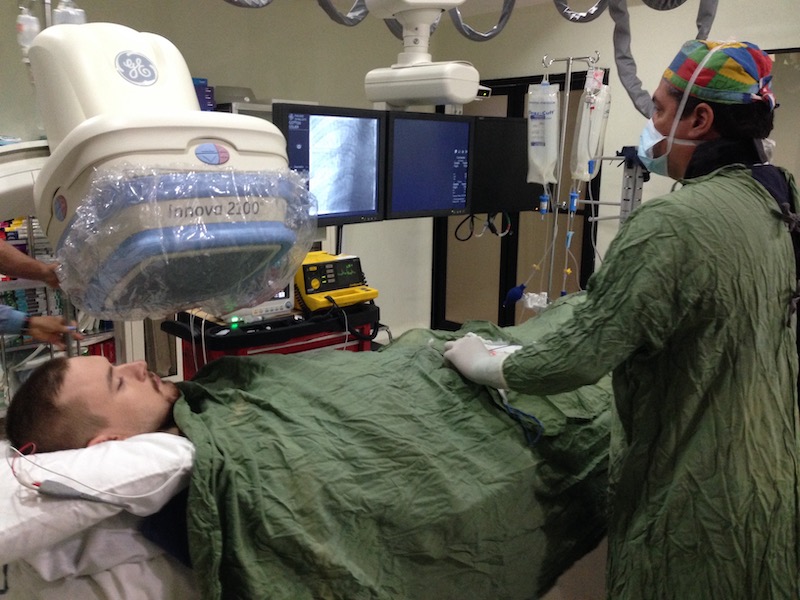Table of Contents
Damage to the heart muscular tissue from reduced blood circulation. Damaging of the heart muscular tissue. Typical treatments take care of signs and slow disease development but seldom address the origin issuedamaged heart tissue. This is where offers new hope, targeting the underlying damage and promoting long-lasting repair service. represent a revolutionary step in treating heart diseases.

Our procedure consists of: We begin by thoroughly examining each person's medical history, current heart feature, and total health. This includes advanced analysis imaging and testing to establish the level of heart damages.
Several patients report much less exhaustion, improved breathing, and far better physical endurance. By dealing with the root triggers, stem cell treatment decreases the danger of future heart events.
We combine stem cell treatment with complementary therapies for thorough heart treatment. Every treatment plan is tailored to deal with the unique requirements of each person. One of the most usual inquiries we obtain is, While no treatment can ensure total turnaround, have actually revealed substantial capacity to repair broken tissues, reduce inflammation, and enhance overall heart feature.
Regenerative injections targeting High Blood Pressure with promising results
Heart problem is a leading reason for in the USA and worldwide. In the US alone, practically 1 million individuals died as a result of cardiovascular disease in 2021 (the most recent year for this info). Worldwide, that number climbs to 17.9 million every year. For many individuals, traditional treatments use hope and aid.
Today, scientists concentrate on 2 main sorts of stem cells: adult stem cells and embryonic stem cells. While similar, they're far from similar, and each has its benefits and drawbacks. Adult stem cells commonly originate from bone marrow, fat cells, and even directly from the heart. One benefit is that they can be collected from your very own body.
Adult stem cells are additionally much easier to collect and have fewer ethical concerns. Beginning stem cells can turn into any kind of kind of cell, consisting of heart cells.

There are some ethical discussions around their use, as they're obtained from early-stage embryos. And also, there's a greater threat of immune denial due to the fact that they're not from your own body. One more worry is the possibility of creating tumors if these cells don't set apart correctly after implantation. The huge question is, does stem cell treatment in fact help heart repair? The brief response is that it has a lot of capacity, but it's still a developing field.
Researchers are still figuring out the finest ways to provide the cells, guarantee they make it through as soon as inside the body, and make certain they incorporate correctly with existing heart tissue. One of the most significant obstacles is cell survival and combination after implantation.
Regenerative support for Heart Failure via regenerative medicine
Also fewer handle to integrate into the existing heart cells. For the therapy to be reliable, the brand-new cells require to link with the old ones and begin working as part of the heart muscular tissue. However obtaining them to do that is difficult. Issues like inflammation, immune being rejected, and the rough atmosphere of a damaged heart can all cause troubles.
It's something to obtain stem cell treatment to work in a laboratory or a small scientific trial; it's another to make it offered widespread. Producing, keeping, and delivering stem cells securely and effectively is logistically challenging at ideal. Stem cell therapy is very promising, but it's not without drawbacks.
This is more of an issue with embryonic stem cells, however it's present also with grown-up cells. Stem cell treatment is expensive, partly since of the complexity of harvesting, expanding, and providing the cells.
In the last a number of years, there has actually been a significant improvement in stem cell treatment for heart condition. Can stem cell therapy cure cardiovascular disease? No, however used with your existing heart problem program, it can improve your heart health and quality of life. Worldwide sixty-four million individuals are impacted by heart failing.
Top clinics for stem cell therapy focused on Heart Failure
Doctors treat cardiac arrest symptoms in hopes of boosting the client's quality of life and protecting against further complications. Drugs like diuretics (to eliminate the fluid in the body), Beta-Blockers (reducing the force of the blood flow and slowing the heartbeat to lower blood stress), and ACE Preventions (lower blood stress by loosening up the capillaries and arteries) are made use of to treat the signs and symptoms of heart problem.
These require a procedure and a healing time of approximately six weeks. While present treatments handle the symptoms of heart problem, they don't repair cells damage or recover the heart's feature. There is no remedy for cardiovascular disease. The question stays, can stem cells cure heart problem? Stem cells can not treat heart disease, but they can renew the heart muscle mass and boost the ejection fraction (the amount of blood the heart pumps with each beat) on the heart's left side.
Navigation
Latest Posts
Regenerative support for Heart Failure via regenerative medicine
Regenerative support for Atherosclerosis using stem cells
New hope for Peripheral Artery Disease via regenerative medicine